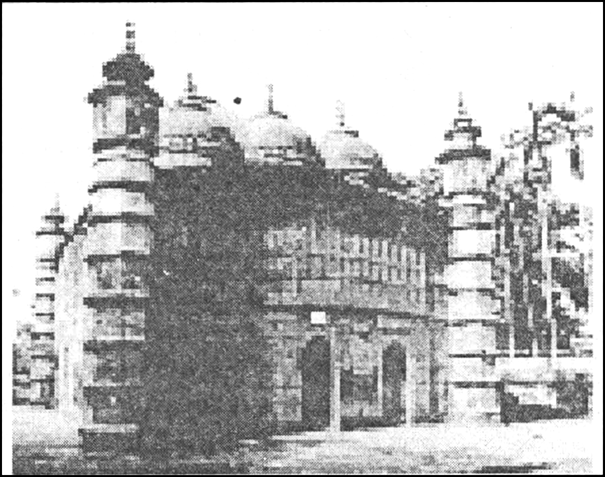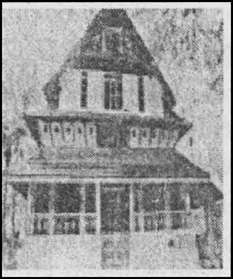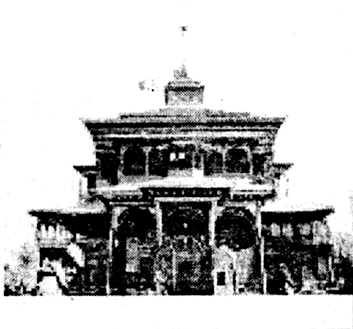To what extent do you think the architecture of mosques in the subcontinent reflects a combination of universal ideals and local traditions?
Reflection of combination of universal ideals and local traditions in the architecture of mosques:
(i) The complex blend of a universal faith with local traditions is perhaps best exemplified in the architecture of mosques. Some architectural features of mosques are universal - such as their orientation towards Mecca, evident in the placement of the mihrab (prayer niche) and the minbar (pulpit). However, there are several features that show variations - such as roofs and building materials.

Atiya Mosque, Mymensingh district, Bangladesh, built with brick in 1609

A mosque in Kerala, c. thirteenth century (Note the shikhara-like roof)

The Shah Hamadan Mosque built in 1395 in Srinagar (Kashmir).
(ii) For Example, a mosque was built in Kerala in the 13th century. Its roof resembled the Shikhar of the temple. Centrary to it, the roof of Atia Mosque in Bangladesh is round. The Atia Mosque was made of bricks. However the Kashmiri wood has been used in Shah Hamdan Mosque built in Srinagar.
Explain with examples what historians mean by the integration of cults.
What were the similarities and differences between the be-sharia and 6a-sharia sufi traditions?
Discuss the ways in which the Alvars, Nayanars and Virashaivas expressed critiques of the caste system.
Describe the major teachings of either Kabir or Baba Guru Nanak, and the ways in which these have been transmitted.